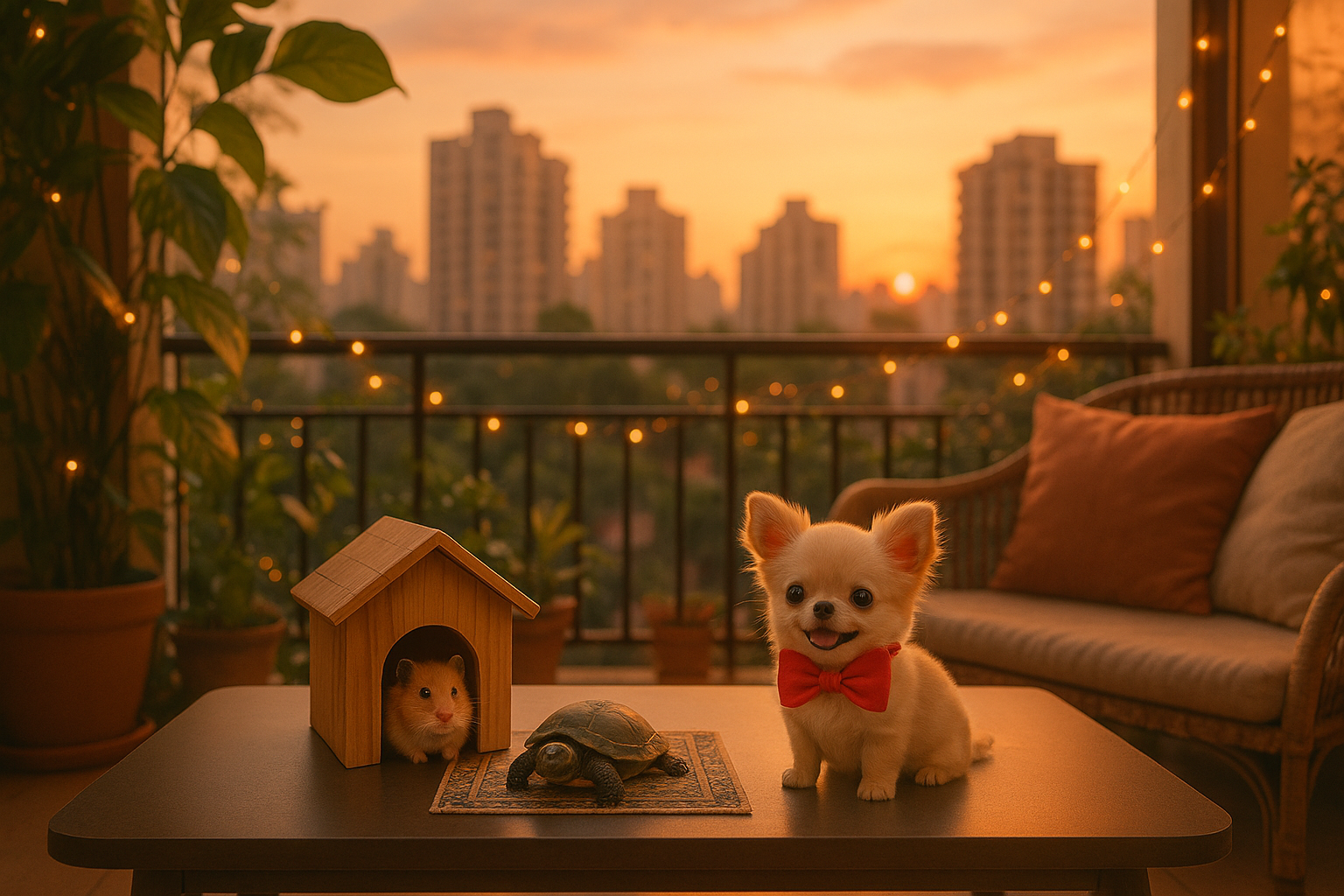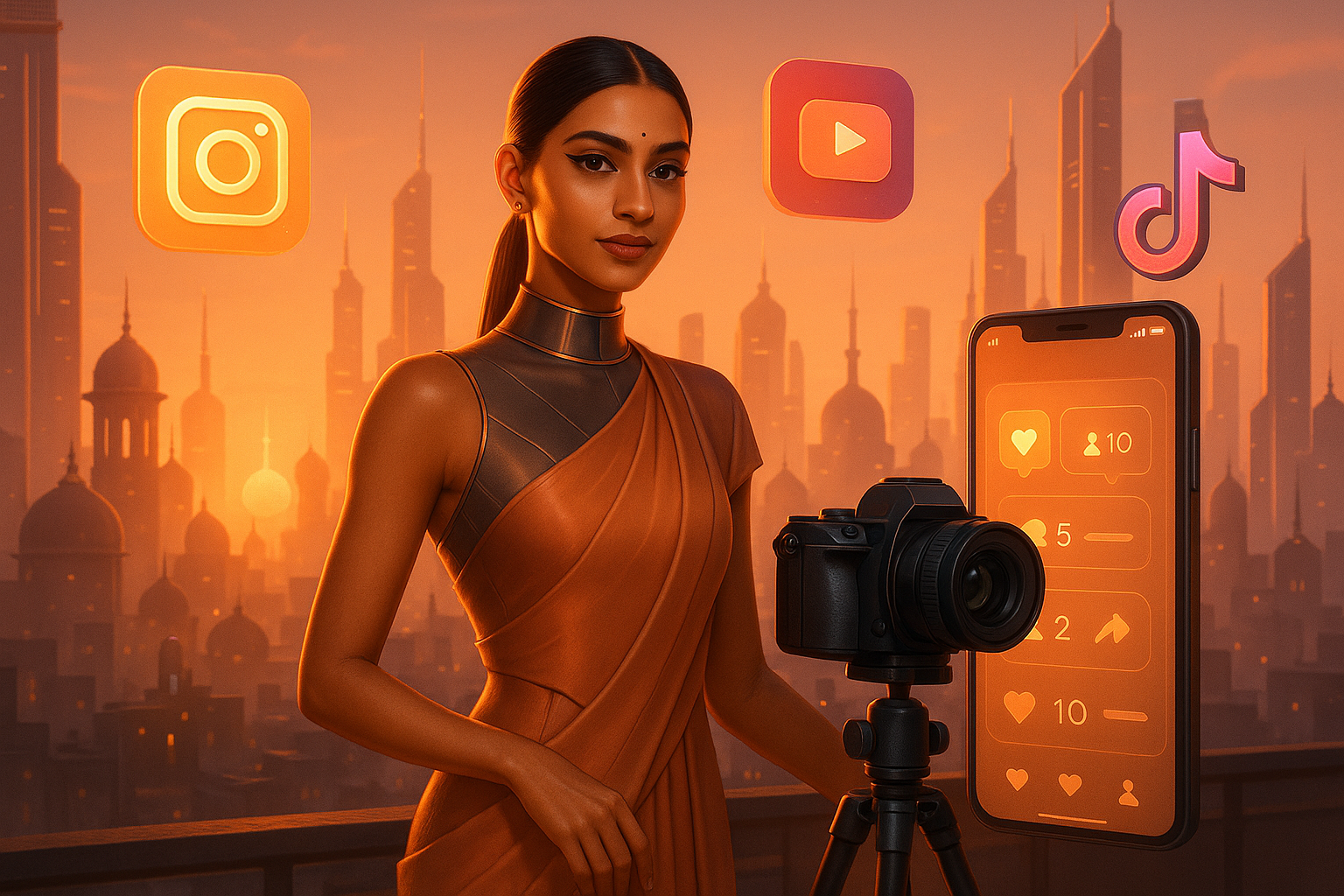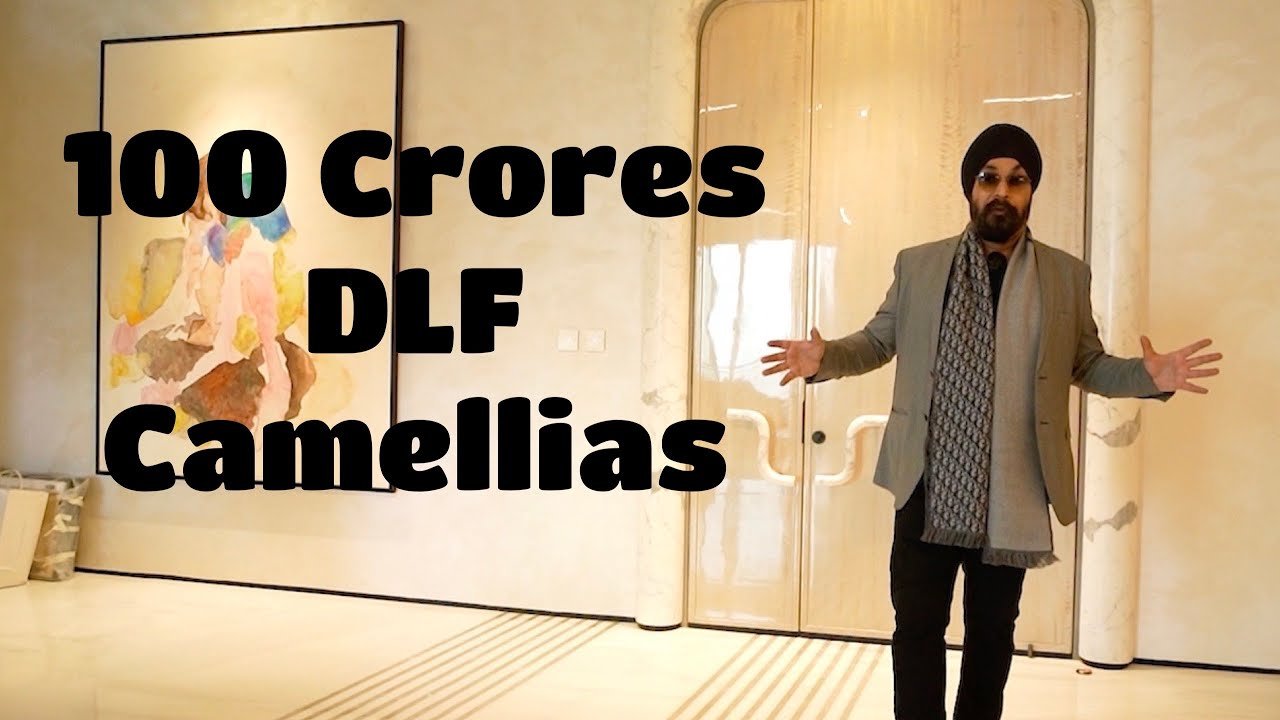Introduction
From hamster Reels, TikToks to hedgehogs with their own Instagram pages, the rise of micropets tiny animals like hamsters, sugar gliders, small turtles, and teacup dogs is rewriting the rules of social media content. Urban influencers, especially in densely populated cities, are embracing these little companions not just as pets but as content partners. And let’s be real, who can resist scrolling past a chinchilla wrapped in a mini blanket or a gecko peeking out of a coffee mug?
This shift is more than just a cute trend it’s a reflection of changing lifestyles, space constraints, and the demand for fresh, unique content. Let’s dive into how micropets are shaping the social media ecosystem in Indian and global cities.
Why Micropets Are Taking Over Urban Homes
1. Space-Friendly Companions
In cities like Mumbai, Delhi, or Bangalore, apartments are shrinking. Having a golden retriever in a 1BHK is tough. Micropets like hamsters or turtles take little space, making them perfect for urban lifestyles.
2. Low Maintenance, High Charm
Unlike large pets that require daily walks and heavy feeding, micropets are easier to care for. That balance of low effort, high cuteness makes them a hit among millennials and Gen Z.
3. Content Goldmine
Let’s be honest micropets are naturally viral-ready. Whether it’s a hedgehog munching on a strawberry or a teacup pup wearing a bow tie, these visuals hit the sweet spot for Instagram Reels and YouTube Shorts.
Micropets as Social Media Influencers
It’s no longer just humans running the influencer game. Micropets themselves have become social media stars.
- Dedicated Accounts: Many micropets have their own profiles with thousands, sometimes millions, of followers.
- Brand Collaborations: Pet food companies, toy brands, and lifestyle brands collaborate with micropet accounts for promotions.
- Merchandise: From mugs to calendars, micropets are inspiring entire product lines.
For example, a hedgehog influencer from Japan gained over 1M followers and ended up collaborating with global lifestyle brands. Indian creators are catching up quickly, showcasing tiny pets with relatable, desi twists.
Why Audiences Love Micropet Content
1. Emotional Connection
Tiny pets radiate innocence. Watching them helps people feel stress-free and happy, especially in chaotic city lives.
2. Relatability
People in urban areas can relate to micropets because they fit the lifestyle. Not everyone can afford or manage a big dog, but a guinea pig or turtle? That’s doable.
3. Shareability
Micropet content is short, fun, and easy to share. A hamster stuffing its cheeks becomes instant meme material.
Types of Micropet Content That Go Viral
1. ASMR & Feeding Videos
Close-up shots of hamsters crunching seeds or turtles munching lettuce often rack up millions of views.
2. Outfit Reels
Yes, people dress up their micropets! Teacup dogs in hoodies, hedgehogs in tiny hats it’s social media gold.
3. Lifestyle Integration
Influencers now integrate micropets into daily routines “Morning Coffee with My Hamster” or “Tiny Dog’s Metro Ride.” These videos bring humour and relatability together.
4. Miniature Setups
Creators build tiny houses, cars, or gyms for micropets, turning their Instagram feed into a fantasy world for tiny animals.
The Indian Social Media Scene: Micropets on the Rise
In India, the trend is still new but rapidly growing. Influencers in metros like Mumbai, Bangalore, and Delhi are introducing hamsters, sugar gliders, and parrots into their content strategies.
- Pet Vlogs on YouTube: Indian vloggers are experimenting with micropet care videos.
- Instagram Reels: Short, quirky content featuring small pets is gaining traction among Gen Z.
- Brand Attention: Indian pet food and accessories brands are starting to sponsor micropet influencers.
Challenges of Micropet Influencing
1. Ethical Concerns
Are micropets being treated well, or just used for clicks? This question sparks debate, and influencers must show responsible ownership.
2. Limited Awareness
Not everyone knows how to care for exotic micropets like sugar gliders or hedgehogs. Wrong information can spread fast if influencers don’t do proper research.
3. Longevity of Trend
While micropet content is booming, it’s yet to be seen if this will become a long-term lifestyle or just a passing social media fad.
The Future of Micropets in Content Creation
Micropets are here to stay at least for the next few years. With the growing love for authentic, fun, and stress-busting content, these little creatures are carving their niche in influencer marketing.
We may soon see:
- Micropet collab houses (yes, like human creators, but with pets).
- AI + AR micropet filters on Instagram.
- Micropet-inspired NFTs and virtual pets for digital audiences.
Conclusion
The urban micropet lifestyle is more than a social media trend it’s a cultural reflection of how city dwellers balance love for pets with limited space and time. From Instagram-worthy hamster moments to turtle ASMR on YouTube, micropets are reshaping influencer culture.
So, the next time you scroll past a hedgehog sipping from a teacup, remember: these tiny pets aren’t just cute they’re the new content creators shaping our feeds.
FAQs
1. What are micropets?
Micropets are small animals like hamsters, turtles, sugar gliders, hedgehogs, and teacup dogs, often kept in urban homes due to limited space.
2. Why are micropets popular in cities?
Because they’re space-friendly, low-maintenance, and perfect for apartment living while still offering companionship.
3. Can micropets really become influencers?
Yes! Many micropets have dedicated social media accounts with thousands of followers and even brand deals.
4. Are micropets suitable for everyone?
Not always. Some, like sugar gliders, require special care. Prospective owners should research before adopting.
5. Is micropet content a long-term social media trend?
It’s growing fast, and while it may evolve, micropets’ charm ensures they’ll remain part of the content ecosystem for years.






